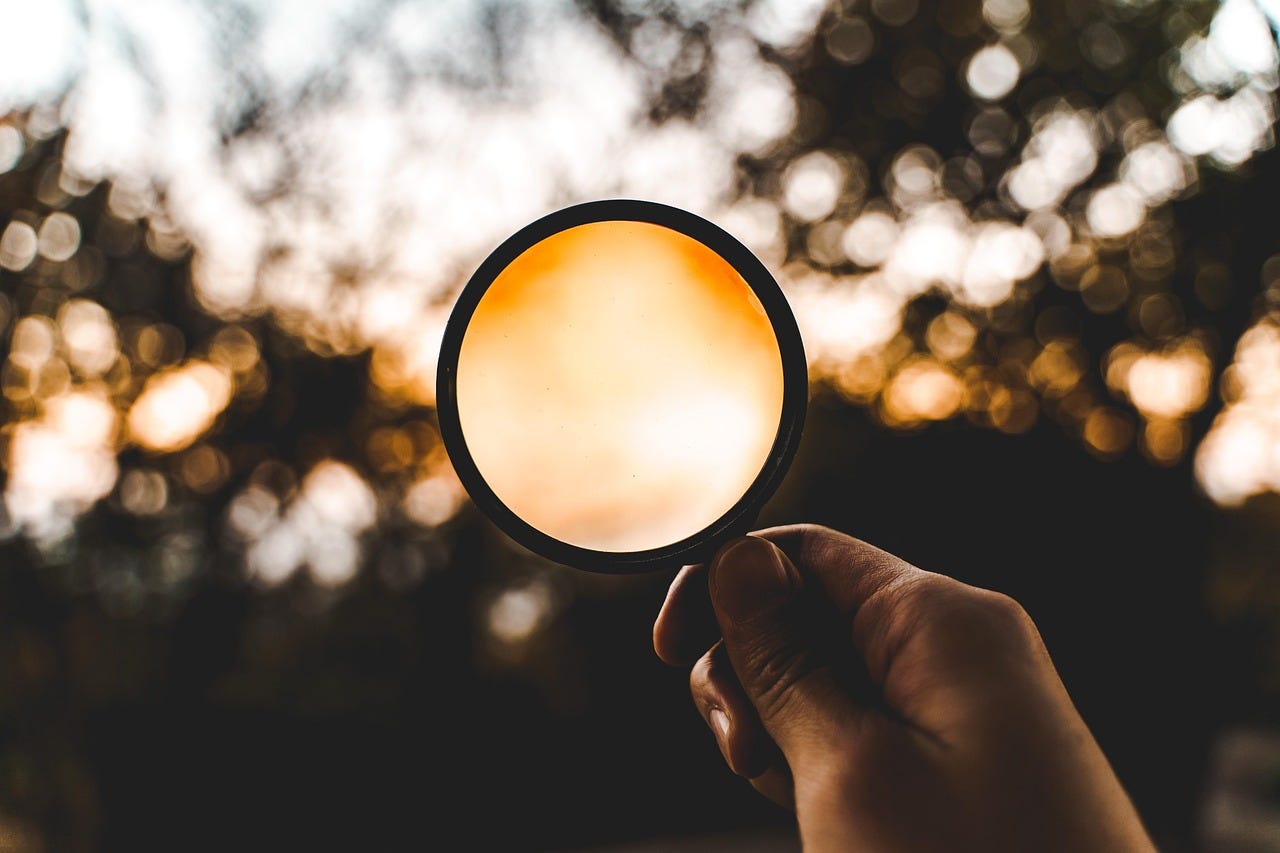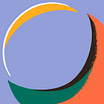Good evening! I loved Megan Shen’s post this week about replacing fear with curiosity, so I asked for her permission to share it. She’s my partner in our HOPE IN THREE ACTS workshop, and you can read her substack here. Her post for this week follows below.
If you haven’t noticed lately, our world is trying desperately to feed us fear. The news cycle, the algorithms on all our social media accounts, the standpoint of the press that “If it bleeds, it leads.”
Maybe you are among the many, many Americans and global citizens who have hit a tipping point in the diet of fear you are being fed by the world around you: completely sick of it to the point that you are just going to stop eating it.
Maybe you are still stuck in the cycle of doomscrolling and fearing for the future.
Wherever you find yourself individually, I am noticing collectively that there seems to be a cultural shift in how we are responding to fear. And that response is rooted in the science around how to face our fears – engaging in curiosity.

It turns out that curiosity is a good antidote to facing our fears. Curiosity does not necessarily extinguish our fears, but engaging in curiosity is an excellent way to stop letting fear take center stage in our lives. A podcast host and academic researcher and physician I follow, Dr. Kemi Doll, summarized it well in a recent podcast when she said that she wasn’t trying to stop her fear from existing; she just wanted it to stop being in the driver’s seat.
When fear is helpful vs. when it’s not
Feeling fear is a biological response to threat that keeps us safe and alive. Just this morning, my daughter came downstairs, heart racing, after waking up from a bad dream. “I dreamed a snake bit me, and I’m just scared of things that bite.”
“Well, that’s actually really good,” I told her. “Your body is teaching you how to keep yourself safe from things that bite, which can be dangerous. But I know it doesn’t feel good to be afraid.”
Where fear starts to come off the rails a bit is where a lot of us find ourselves, in a perpetual rinse and repeat of anxiety about some unknown future threat. We fear how things might or might not turn out, we fear what people might or might not do to us, we fear if things will or won’t work out. This constant cycle on repeat can highjack our brains and bodies in ways that are terrible for us.
Be more curious than you are fearful
In the workshop I have been leading on hope, my fantastic collaborator Robyn Castellani always reminds participants, “Be a little more curious than you are afraid.”
Her statement is so powerful, in large part, because it’s grounded in decades of scientific research that shows the antidote to coping with fear is curiosity. It also acknowledges that we can’t get rid of our fear, but we can push it to stage left.
I have noticed a lot of momentum building around this concept. Dr. Martha Beck’s recent book, Beyond Anxiety, is centered around the core concept and research that shows creativity and curiosity are some of the best (and often only) ways to pull ourselves out of a state of anxiety and fear.
This concept was echoed recently in a conversation between Suleika Jaouad (three-time cancer survivor and New York Times best-selling author) and Elizabeth Gilbert(also New York Times best-selling author), around fear centered on the launch of Suleika’s new book, The Book of Alchemy. During their conversation, they asked two journaling questions: “What are you most afraid of?” and “What are you most curious about?” They talked about how we must acknowledge our fears, leave them, and then move into a space of curiosity. One practical way to do this is to create a daily ritual of creativity: where you create for a set amount of time every day.
And I see this theme emerging in our HOPE workshop: a pattern of acknowledging our fears and then choosing to step into curiosity, creativity, and joy anyway.
For a long time, science focused on how fear inhibits creativity and curiosity, but we are now finding the opposite is true too: creativity and curiosity can dampen the impact or “voice” of fear.
Interventions designed to enhance your curiosity
Because of the many demonstrated benefits of curiosity, including greater life satisfaction, more engagement with work and even better academic performance, scientists have become interested in whether you can develop tools or interventions to increase curiosity.
In a recent meta-analysis, Schutte and Malouff summarized and analyzed the research of 41 randomized controlled trials (across 4,496 participants) that looked at the effectiveness of interventions designed to improve curiosity. What they found was that these interventions did, in fact, significantly increase curiosity. And these results held steady across a variety of types of interventions, age groups, and time periods (indicating lasting effects).
Interventions varied widely and focused on:
Mindfulness to trigger non-judgmental awareness and curiosity
Mystery, such as looking at a picture and guessing which city it was in
Game playing, such as pretending to ride a bicycle in a video game
Interestingly, interventions designed to improve a more general sense of curiosity were more effective than those that focused on a specific realm of curiosity, and interventions that incorporated either mystery or playing games were especially effective. And these interventions were proven to work on so many people – children, adults, health care workers, employees in work settings, etc.
Interestingly, interventions that used mystery had some of the most robust effects. This means leaning into something you don’t really know much about is an excellent way to build curiosity.
My family and I have a near weekly ritual of exploration – we find a place, a store, a park, a restaurant that we have never been to before, and then we anchor ourselves to that new thing and explore the mystery of discovering that place. The meta-analysis found that the key thing to making mystery so effective is to focus on obtaining new information, new knowledge or learning new skills.
An act or ritual of curiosity
This week, go explore or do something that peaks your curiosity! You can prompt yourself by asking these three questions:
· What am I most afraid of right now? (You can write this down).
· What am I most curious about? (It can be related to your fear or totally separate. You choose).
· What is one thing I could do this week or every day for 15-30 minutes to lean into my curiosity?
Wishing you all a happy, mysterious week of discovery!
Thank you, Megan!!



